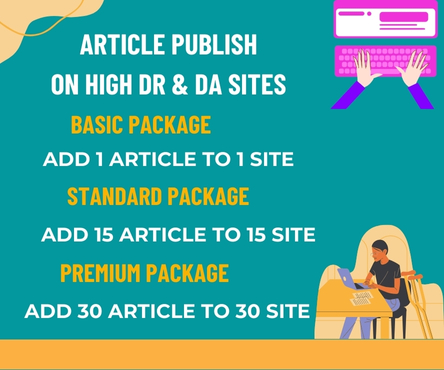As a teenager, dealing with acne can be frustrating and embarrassing. It’s estimated that nearly 85% of adolescents experience some form of acne, ranging from mild to severe. While mild cases can often be managed with over-the-counter treatments and good skincare habits, more severe cases may require professional attention from a dermatologist. But how do you know when it’s time to seek help? Find here best dermatologist near me
Understanding Teenage Acne
Acne occurs when the pores on the skin become clogged with dead skin cells, oil, and bacteria. This can lead to inflammation, redness, and the formation of pimples, blackheads, and whiteheads. During puberty, hormonal fluctuations can cause an increase in oil production, leading to clogged pores and acne breakouts.
Signs It’s Time to See a Dermatologist
While mild acne can often be treated with over-the-counter creams and cleansers, there are certain signs that indicate it’s time to consult a dermatologist. These include:
- Persistent or severe acne: If your acne is persistent, or if you have large, painful pimples or nodules, it’s time to see a dermatologist. They can prescribe stronger treatments, such as antibiotics or retinoids, to help clear up your skin.
- Acne that’s not responding to treatment: If you’ve been using over-the-counter treatments for several weeks and haven’t seen any improvement, a dermatologist can help you identify the underlying cause and recommend alternative treatments.
- Scarring: If you’re experiencing scarring or hyperpigmentation as a result of your acne, a dermatologist can help you develop a treatment plan to minimize these effects.
- Emotional distress: Acne can take a significant toll on self-esteem and mental health. If you’re feeling anxious, depressed, or embarrassed about your acne, a dermatologist can offer support and guidance.
What to Expect from a Dermatologist Visit
When you visit a dermatologist for acne treatment, you can expect a thorough examination of your skin, including a review of your medical history and a physical examination of your skin. Your dermatologist may also ask questions about your skincare habits, diet, and lifestyle.
Based on this information, your dermatologist may recommend a range of treatments, including:
- Topical treatments: Creams, gels, or cleansers that contain ingredients such as benzoyl peroxide, salicylic acid, or retinoids.
- Oral antibiotics: Medications that can help reduce inflammation and kill bacteria that cause acne.
- Hormonal treatments: For acne caused by hormonal imbalances, dermatologists may recommend hormonal treatments, such as birth control pills or spironolactone.
- Blue light therapy: A non-invasive treatment that uses blue light to kill bacteria that cause acne.
Tips for Managing Acne
While waiting to see a dermatologist or in conjunction with prescribed treatments, there are several steps you can take to manage your acne:
- Keep your skin clean: Wash your face twice a day with a gentle cleanser to remove dirt and excess oil.
- Use non-comedogenic products: Look for products labeled “non-comedogenic” or “oil-free” as these are less likely to clog pores.
- Avoid picking or popping pimples: This can lead to scarring, inflammation, and prolonged healing times.
- Stay hydrated: Drink plenty of water to keep your skin hydrated and healthy. Click here acne dermatologist near me
Conclusion
Teenage acne can be frustrating and embarrassing, but with the right treatment and care, it can be managed. If you’re experiencing persistent, severe, or scarring acne, or if you’re feeling emotionally distressed about your skin, it’s time to consult a dermatologist. With their guidance and support, you can develop a treatment plan that helps you achieve clear, healthy skin and boosts your confidence and self-esteem.

